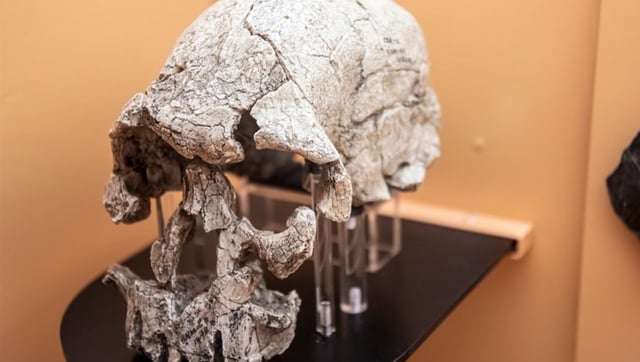Overview
- A Dartmouth-led study published July 31 in Science provides the first fossil evidence that hominin behaviors drove morphological change before physical adaptations appeared.
- Carbon and oxygen isotope analyses of Australopithecus afarensis and contemporary primate teeth show a graminoid-rich diet emerged 3.4–4.8 million years ago.
- Isotope ratios from Homo rudolfensis teeth around 2.3 million years ago indicate a turn toward underground carbohydrate organs such as tubers and bulbs.
- The advent of stone tools facilitated systematic excavation of perennial underground foods, meeting the energy demands of growing hominin populations.
- Distinct dental modifications, including longer molars and reshaped teeth in Homo habilis and Homo ergaster, appeared about 2 million years ago to process tougher plant tissues.


